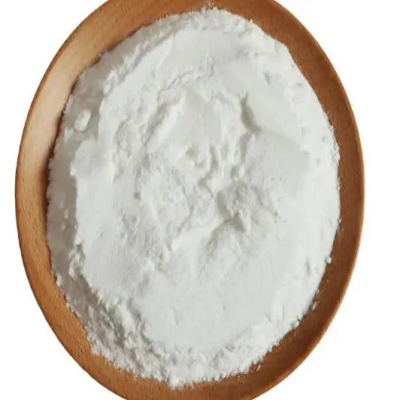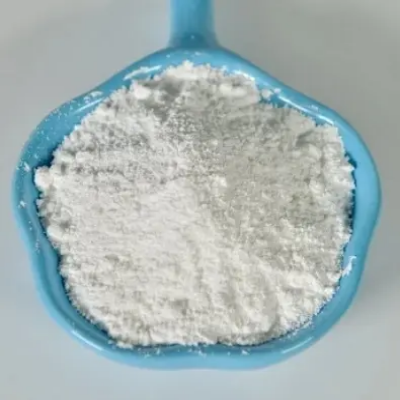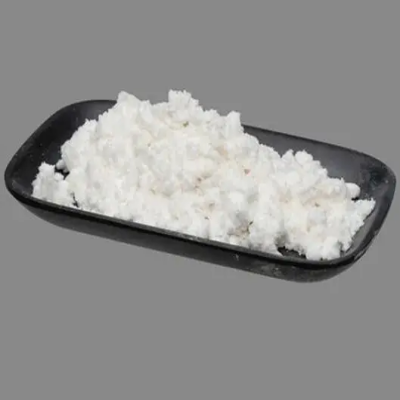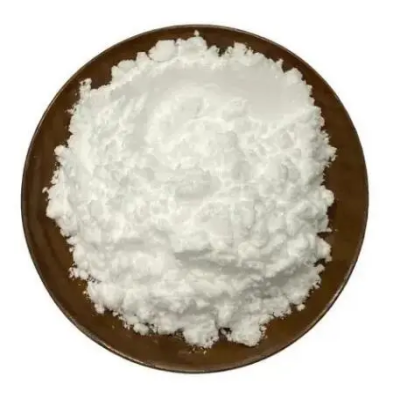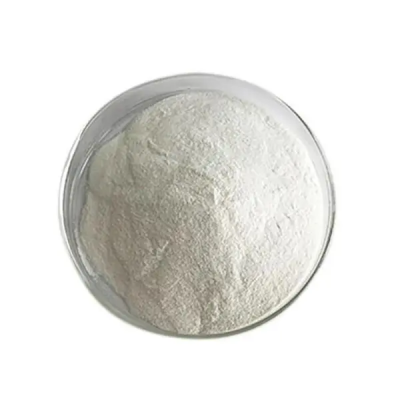Monoammonium Phosphate CAS:7722-76-1
In agriculture, MAP is utilized to supply critical nutrients – nitrogen and phosphorus – to a wide range of crops, supporting various stages of plant growth from germination to fruit development. The readily available nitrogen in MAP promotes early plant vigor and supports robust vegetative growth, while the phosphorus component contributes to root formation, flowering, and fruit set. The water solubility of MAP allows for efficient nutrient uptake by plants, making it an ideal choice for both soil and foliar applications. Its compatibility with other fertilizers and agrichemicals enables growers to customize nutrient management strategies and optimize nutrient availability based on specific crop needs and growth stages. Moreover, MAP's role in promoting energy transfer within the plant, enhancing photosynthetic activity, and contributing to overall plant resilience aligns with the goal of improving crop quality and productivity. Its use supports sustainable agricultural practices by minimizing nutrient runoff and reducing the risk of environmental pollution associated with excess nutrient application. Proper dosage and application of MAP are essential to achieve optimal plant responses while ensuring environmental safety and regulatory compliance. Adhering to recommended guidelines and integrating MAP into comprehensive nutrient management programs allows growers to harness its benefits effectively and contribute to responsible and sustainable agricultural practices. In summary, MAP's function in providing essential nitrogen and phosphorus nutrition, supporting vigorous plant growth, and maximizing crop productivity aligns with the principles of efficient nutrient management, soil health, and long-term sustainability in modern agricultural systems.



| Composition | H6NO4P |
| Assay | 99% |
| Appearance | white powder |
| CAS No. | 7722-76-1 |
| Packing | Small and bulk |
| Shelf Life | 2 years |
| Storage | Store in cool and dry area |
| Certification | ISO. |


